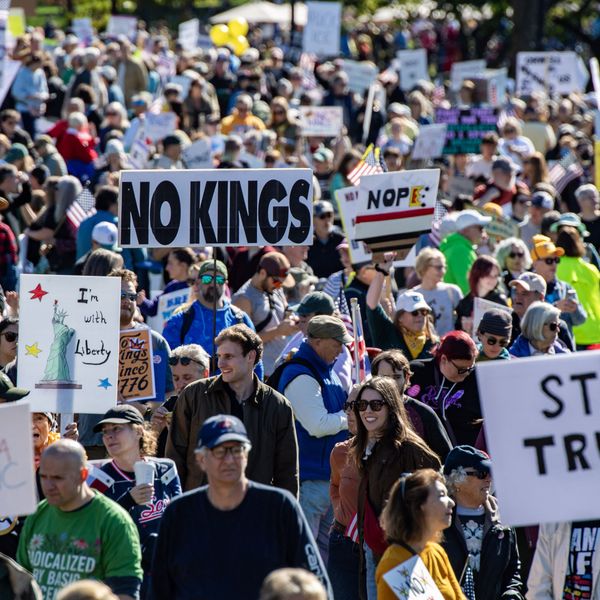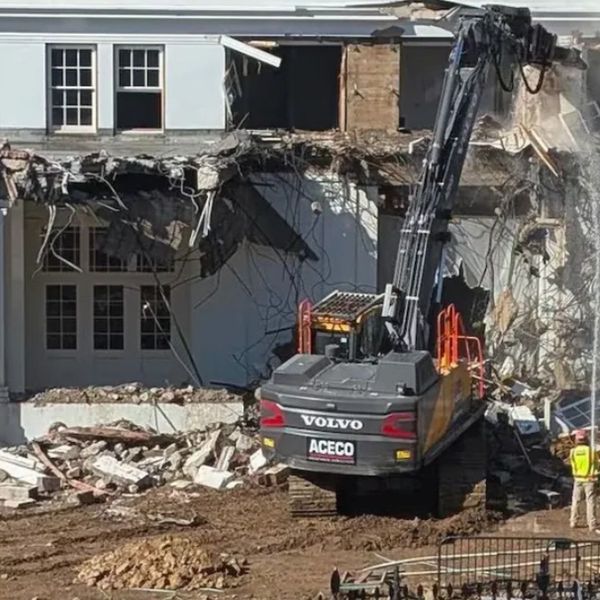If you're poor, the only way you're likely to injure someone is the old traditional way: artisanal violence, we could call it - by hands, by knife, by club, or maybe modern hands-on violence, by gun or by car.
But if you're tremendously wealthy, you can practice industrial-scale violence without any manual labor on your own part. You can, say, build a sweatshop factory that will collapse in Bangladesh and kill more people than any hands-on mass murderer ever did, or you can calculate risk and benefit about putting poisons or unsafe machines into the world, as manufacturers do every day. If you're the leader of a country, you can declare war and kill by the hundreds of thousands or millions. And the nuclear superpowers - the US and Russia - still hold the option of destroying quite a lot of life on Earth.
So do the carbon barons. But when we talk about violence, we almost always talk about violence from below, not above.
Or so I thought when I received a press release last week from a climate group announcing that "scientists say there is a direct link between changing climate and an increase in violence". What the scientists actually said, in a not-so-newsworthy article in Nature two and a half years ago, is that there is higher conflict in the tropics in El Nino years, and that perhaps this will scale up to make our age of climate change also an era of civil and international conflict.
The message is that ordinary people will behave badly in an era of intensified climate change.
All this makes sense, unless you go back to the premise and note that climate change is itself violence. Extreme, horrific, longterm, widespread violence.
Climate change is anthropogenic - caused by human beings, some much more than others. We know the consequences of that change: the acidification of oceans and decline of many species in them, the slow disappearance of island nations such as the Maldives, increased flooding, drought, crop failure leading to food-price increases and famine, increasingly turbulent weather. (Think Hurricane Sandy and the recent typhoon in the Philippines, and heat waves that kill elderly people by the tens of thousands.)
Climate change is violence.
Read the rest of this article at The Guardian...

